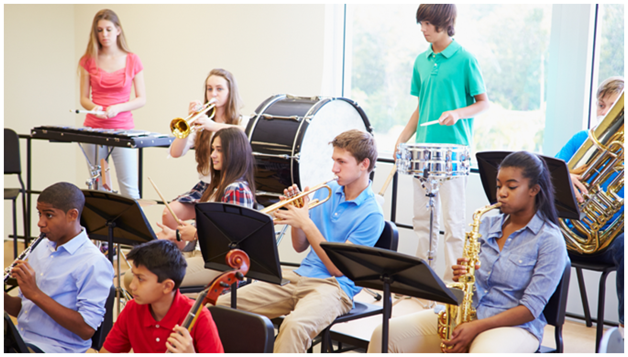Trending Posts
Main News
Education
Home Schooling
Online Education
Archives
Categories
Recent Post
Investigate Excellence: The Actual Worth of HBCU College Visits
A Window into the Core of Education Going to a Historically Black College or University…
Tutoring For Kids With ADHD: Turning Fidget Energy Into Focus
Traditional educational methods often fail to support children with ADHD. Kids with ADHD (Attention-Deficit/Hyperactivity Disorder) typically…
How a Summer Music Program Can Jumpstart Your Career
Breaking into the music industry takes more than just talent—it takes connections, experience, and real-world…
The Future of Data Analytics: Why Mumbai is Leading the Way in 2025
Data analytics has become a cornerstone of modern business strategy, offering invaluable insights that shape…























